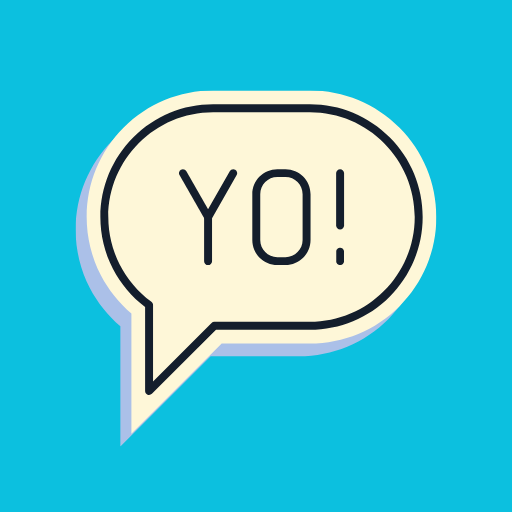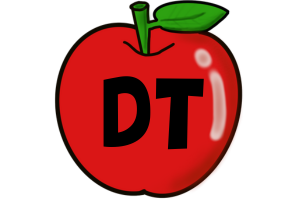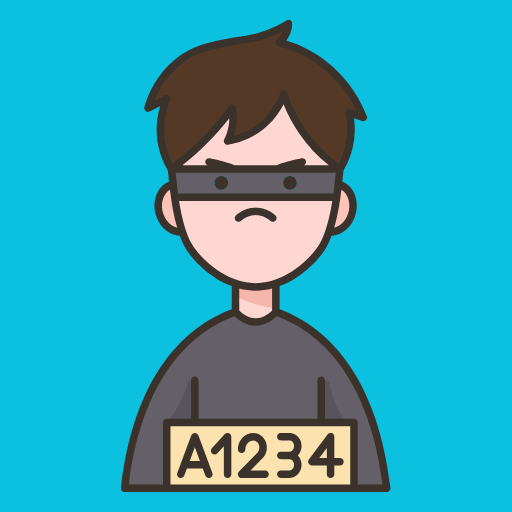Education is a dynamic field that constantly evolves with new methodologies, strategies, and technologies. Just like any profession, teachers have their own unique jargon that is often used to communicate within their community. This specialized language, known as “Teacher Slang,” is a blend of acronyms, abbreviations, buzzwords, and colloquial expressions that may sound like a foreign language to outsiders. Understanding this lexicon can help educators connect and collaborate effectively, while also offering insights into the trends and challenges within the education system.

In this article, we will delve into the world of Teacher Slang, providing detailed explanations and common examples of terms used by teachers. By uncovering the meanings behind these phrases, we can gain a better understanding of the inner workings of the education system and the specific challenges teachers face on a daily basis.
Top 20 Teacher Slang Words
- “Edtech”: Refers to educational technology, including digital tools, software, and applications used to enhance teaching and learning.
- “Edutainment”: Combining education and entertainment, it refers to instructional methods that engage and entertain students while delivering educational content.
- “DOK” (Depth of Knowledge): A framework that categorizes the complexity and cognitive demand of academic tasks and questions, helping teachers design appropriate instruction and assessments.
- “Flipped classroom”: An instructional model where students learn new content at home through online videos or readings, and class time is dedicated to interactive activities and discussions.
- “Gen Ed”: Short for “general education,” it refers to the core curriculum subjects that provide a broad foundation of knowledge for students.
- “Helicopter parent”: A term used to describe overprotective parents who excessively intervene in their child’s academic and personal affairs.
- “Sight words”: Commonly used words, often taught in early literacy instruction, that students should recognize instantly without needing to decode.
- “Scope and sequence”: A planned sequence of skills, concepts, and content taught in a curriculum, outlining the order and progression of instruction.
- “STEAM” (Science, Technology, Engineering, Arts, and Mathematics): An educational approach that integrates these disciplines to foster creativity, critical thinking, and problem-solving skills.
- “SEL” (Social and Emotional Learning): The process of acquiring skills related to self-awareness, self-management, social awareness, relationship skills, and responsible decision-making.
- “PBIS” (Positive Behavioral Interventions and Supports): A proactive approach to promoting positive behavior and creating a supportive school environment through clear expectations, reinforcement, and targeted interventions.
- “Culturally responsive teaching”: An instructional approach that recognizes and values students’ diverse cultures, backgrounds, and experiences to create an inclusive and equitable classroom.
- “IEC” (Independent Education Consultant): A professional who provides guidance, support, and expertise to students, families, and schools on educational planning, college admissions, or career choices.
- “IEP” (Intensive English Program): A specialized program that provides English language instruction and support to non-native English speakers.
- “Data-driven instruction”: Using student data, such as assessments and progress monitoring, to inform instructional decisions and personalize learning experiences.
- “PLN” (Personal Learning Network): A network of educators, often established through social media platforms, who connect, collaborate, and share resources and ideas.
- “Scaffolding”: Providing temporary support or assistance to help students grasp a concept or complete a task, gradually removing the support as they gain confidence and proficiency.
- “STEM” (Science, Technology, Engineering, and Mathematics): An interdisciplinary approach that integrates these fields to foster critical thinking, problem-solving, and innovation.
- “UDL” (Universal Design for Learning): A framework that guides instructional design by providing multiple means of engagement, representation, and expression to meet the diverse learning needs of all students.
- “VARK” (Visual, Auditory, Reading/Writing, and Kinesthetic): A model that categorizes individual learning preferences based on visual, auditory, reading/writing, and kinesthetic modalities.
Common Examples and Explanations:
- PLC (Professional Learning Community): A PLC refers to a group of teachers or educators who collaborate and share knowledge to improve their teaching practices. It involves a structured approach to ongoing professional development, where educators engage in collaborative planning, sharing resources, analyzing student data, and reflecting on instructional strategies.
Example: “Our PLC meets every Wednesday to discuss student progress, share effective teaching strategies, and explore new research-based instructional approaches.”
- IEP (Individualized Education Program): An IEP is a legally binding document created for students with disabilities. It outlines specific educational goals, accommodations, and modifications tailored to meet the unique needs of the student. The IEP is developed through a collaborative process involving teachers, parents, and other professionals.
Example: “Mary’s IEP includes extended time for tests, preferential seating, and the use of assistive technology to support her learning needs.”
- RTI (Response to Intervention): RTI is a framework used to identify and support students who are struggling academically or behaviorally. It involves a tiered system of increasingly intensive interventions based on a student’s response to instruction and intervention. RTI aims to provide targeted support to students before considering a referral for special education services.
Example: “We implemented the RTI process to monitor John’s progress in reading and provided additional support through small group instruction and intervention strategies.”
- ELL (English Language Learner): ELL refers to students who are learning English as a second language. These students may require additional support to develop their language proficiency and academic skills. ELL strategies may include language support programs, modified instructional materials, and cultural sensitivity.
Example: “In our classroom, we implement sheltered instruction techniques, use graphic organizers, and provide bilingual resources to support our ELL students’ language development.”
- PBL (Project-Based Learning): PBL is an instructional approach where students engage in hands-on projects to explore and solve real-world problems. It emphasizes critical thinking, collaboration, and inquiry-based learning. Students work in teams to investigate, design, and present their findings, fostering creativity and deeper understanding of concepts.
Example: “Our science class implemented a PBL unit on environmental sustainability, where students researched local environmental issues, proposed solutions, and presented their findings in a public forum.”
Additional Examples of Teacher Slang:
- “Bell to Bell”: Refers to maximizing instructional time from the beginning to the end of a class period, without wasting time or allowing distractions.
Example: “We have a bell-to-bell teaching policy to ensure that every minute of class is used for meaningful learning.”
- “Differentiation”: The practice of modifying instruction to meet the diverse learning needs of students, providing various levels of challenge and support.
Example: “Through differentiation, we offer different reading materials and activities to meet each student’s individual reading level and skills.”
- “Scaffolding”: Providing temporary support or assistance to help students grasp a concept or complete a task, gradually removing the support as they gain confidence and proficiency.
Example: “When teaching long division, I use visual aids, step-by-step examples, and guided practice as scaffolds to help students master the process.”
- “Formative Assessment”: Ongoing, informal assessments used by teachers to monitor student learning and provide feedback to guide instruction.
Example: “I use exit tickets as a formative assessment tool to quickly assess students’ understanding at the end of a lesson and adjust my teaching accordingly.”
- “Standardized Testing”: Assessments designed to measure students’ knowledge, skills, and abilities based on predetermined criteria, often used for accountability and comparison purposes.
Example: “Next week, we will be administering the state’s standardized tests to assess students’ proficiency in math and English language arts.”
Sources:
To provide a comprehensive understanding of Teacher Slang, it is essential to consult various educational resources. Here are a few recommended sources for further exploration:
- “Education Jargon Buster” by TeachThought: https://www.teachthought.com/education/education-jargon-buster/
- “Understanding Education Buzzwords” by Edutopia: https://www.edutopia.org/article/understanding-education-buzzwords
- “A Teacher’s Guide to Educational Acronyms” by WeAreTeachers: https://www.weareteachers.com/educational-acronyms/
- “Project-Based Learning” by Buck Institute for Education: https://www.bie.org/about/what_pbl
Conclusion:
Teacher Slang serves as a means of communication, collaboration, and professional development within the education community. By decoding these terms, both educators and outsiders can gain a deeper insight into the challenges, trends, and strategies prevalent in the field of education. Whether it’s discussing the latest research-based practices, designing interventions, or promoting inclusive classrooms, understanding Teacher Slang fosters effective communication and collaboration among educators, ultimately benefiting students and the education system as a whole.


